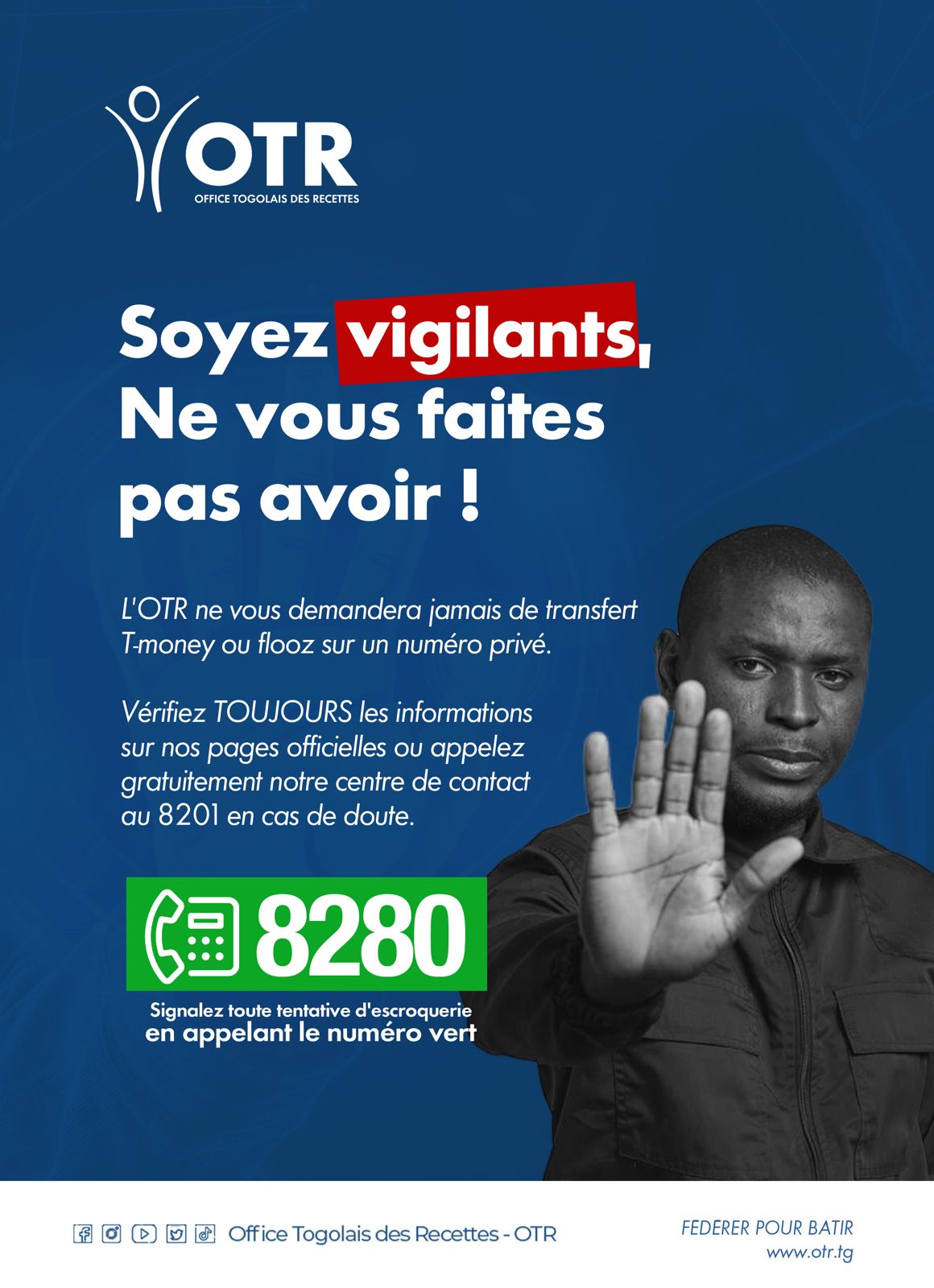In Togo's conventional healthcare system, the insured person's care pathway follows a well-defined process designed to guarantee efficient access to care and optimal management.
1. Reception at an approved health center
When an insured person needs treatment, he or she goes to an approved health care facility with his or her insurance card and medical records. These documents are essential to trigger the treatment process and guarantee medical follow-up.
2. Checking and administering care
On arrival, the nursing staff check the validity of the insurance card and fill in the treatment form. Once this administrative stage has been completed, the necessary care is provided according to the patient's state of health.
3. Payment of the insured's share of costs
Once treatment has been received, the insured person must pay the portion of the costs remaining to be borne by him or her. The remainder of the cost is borne directly by the insurers of the Assurance Maladie Universelle (AMU) and the management bodies, who reimburse the health care establishment concerned.
4. Dispensing of drugs and complementary examinations
If a doctor's prescription is required, the policyholder then goes to a pharmacy, analysis laboratory or medical imaging center. Here again, the policyholder pays only his or her own share, while AMU insurers cover the bulk of the costs.
This care pathway ensures simplified, supervised access to healthcare services, while limiting out-of-pocket expenses for policyholders. Thanks to this system, medical cover becomes more accessible and contributes to better patient care within approved care structures.
Editorial staff







